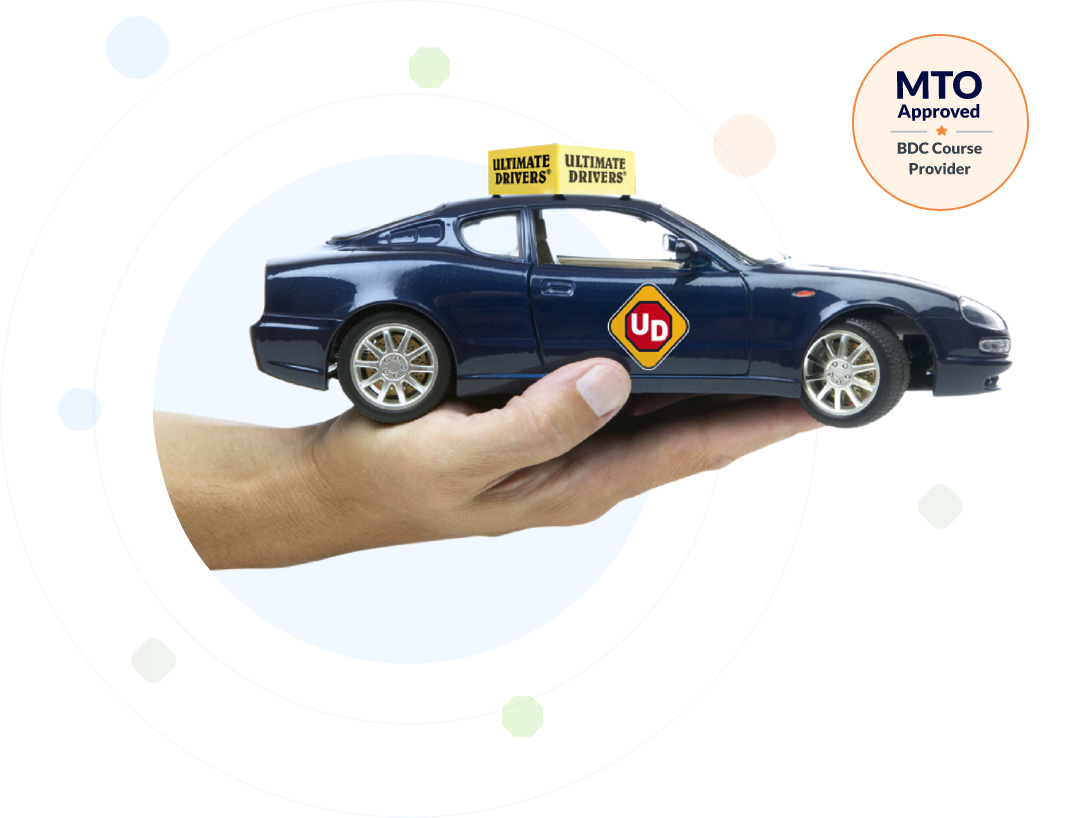The future of driver education is transforming rapidly with advancements in technology and changes in societal needs. Traditional methods of teaching have evolved, embracing modern innovations to better prepare drivers for a complex driving environment that now includes electric vehicles (EVs), autonomous cars, and advanced safety systems. Here are some of the emerging trends and innovations shaping the future of driver education:
1. Virtual Reality (VR) and Augmented Reality (AR) Simulations
• Immersive Learning: VR and AR technologies offer realistic driving simulations that allow learners to experience real-world driving scenarios in a safe environment. They can practice complex maneuvers, experience dangerous weather conditions, and respond to emergency situations without real-world risks.
• Enhanced Engagement: Interactive and immersive elements keep learners engaged, making lessons more effective and reducing the chances of distraction.
2. AI-Powered Learning Platforms
• Personalized Instruction: AI analyzes a student's learning style, progress, and mistakes to customize their lessons. For instance, AI might assign extra practice in parallel parking if a learner struggles in that area.
• Data-Driven Feedback: AI algorithms provide detailed feedback on driver performance, including reaction times, braking, and steering. This data helps instructors pinpoint areas for improvement, providing a more targeted approach.
3. Simulated Autonomous Vehicle Training
• Autonomous Systems Familiarity: As self-driving cars become more common, driver education programs are adapting to teach drivers how to interact with autonomous features, like adaptive cruise control, lane-keeping assist, and automated parking.
• Safety in Mixed Driving Environments: Drivers will learn how to safely share the road with autonomous vehicles, both as drivers and pedestrians, emphasizing the importance of situational awareness and communication with self-driving cars.
4. Use of Telematics and Mobile Apps
• Real-Time Monitoring: Telematics systems, commonly used in insurance, can monitor driver behaviors (like speeding, braking, and cornering) and provide feedback. Learners can use apps to track their progress and areas for improvement.
• Gamification and Rewards: Mobile apps often gamify learning, offering points or rewards for safe driving practices. This keeps learners engaged and motivated, making the process more enjoyable and effective.
5. Integration of EV and Hybrid Vehicle Training
• Understanding EV-Specific Features: With the shift toward electric vehicles, future drivers need to understand battery management, charging infrastructure, and regenerative braking.
• Environmental Awareness: EV and hybrid training emphasizes energy-efficient driving techniques, preparing drivers to navigate the eco-friendly landscape of future transportation.
6. Online and On-Demand Learning Platforms
• Convenience and Flexibility: Many courses are now available online, allowing students to learn at their own pace and revisit modules as needed. This flexibility is particularly useful for busy schedules.
• Accessible Content: Online platforms offer video tutorials, quizzes, and interactive lessons that cater to different learning preferences, making driver education more inclusive.
7. Advanced Defensive Driving and Hazard Perception Training
• Realistic Hazard Perception Modules: Through AR and AI-based simulations, learners can practice recognizing and responding to potential hazards. These tools help develop a sense of spatial awareness and quick reflexes, essential for safe driving.
• Focus on Risk Reduction: Advanced driver education focuses on anticipating and mitigating risks rather than merely responding to them, emphasizing proactive driving habits.
8. Focus on Mental Health and Cognitive Awareness
• Stress Management and Focus: In response to the rise in road-related stress and distraction, future driving courses might include lessons on mental preparedness, focus, and emotional regulation.
• Incorporating Psychology: Courses may also cover the psychological factors that impact driving, from emotional regulation to dealing with road rage.
The future of driver education is becoming more interactive, data-driven, and aligned with new automotive technology. By embracing these innovations, driver education can create safer, more responsible drivers who are equipped for the evolving landscape of the road. Ultimate Drivers from Ontario will use this Innovation & Trends for Driver Education.





